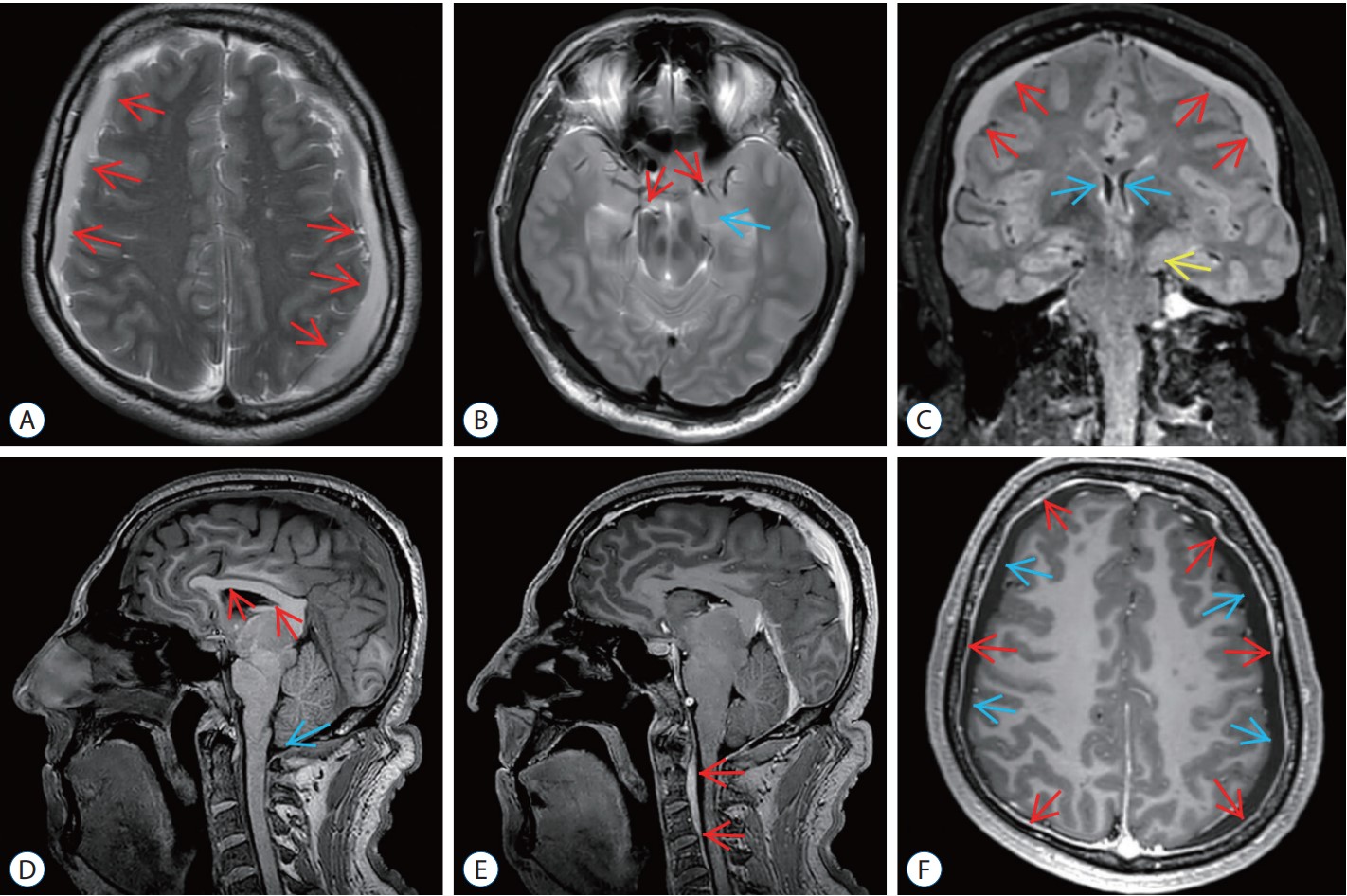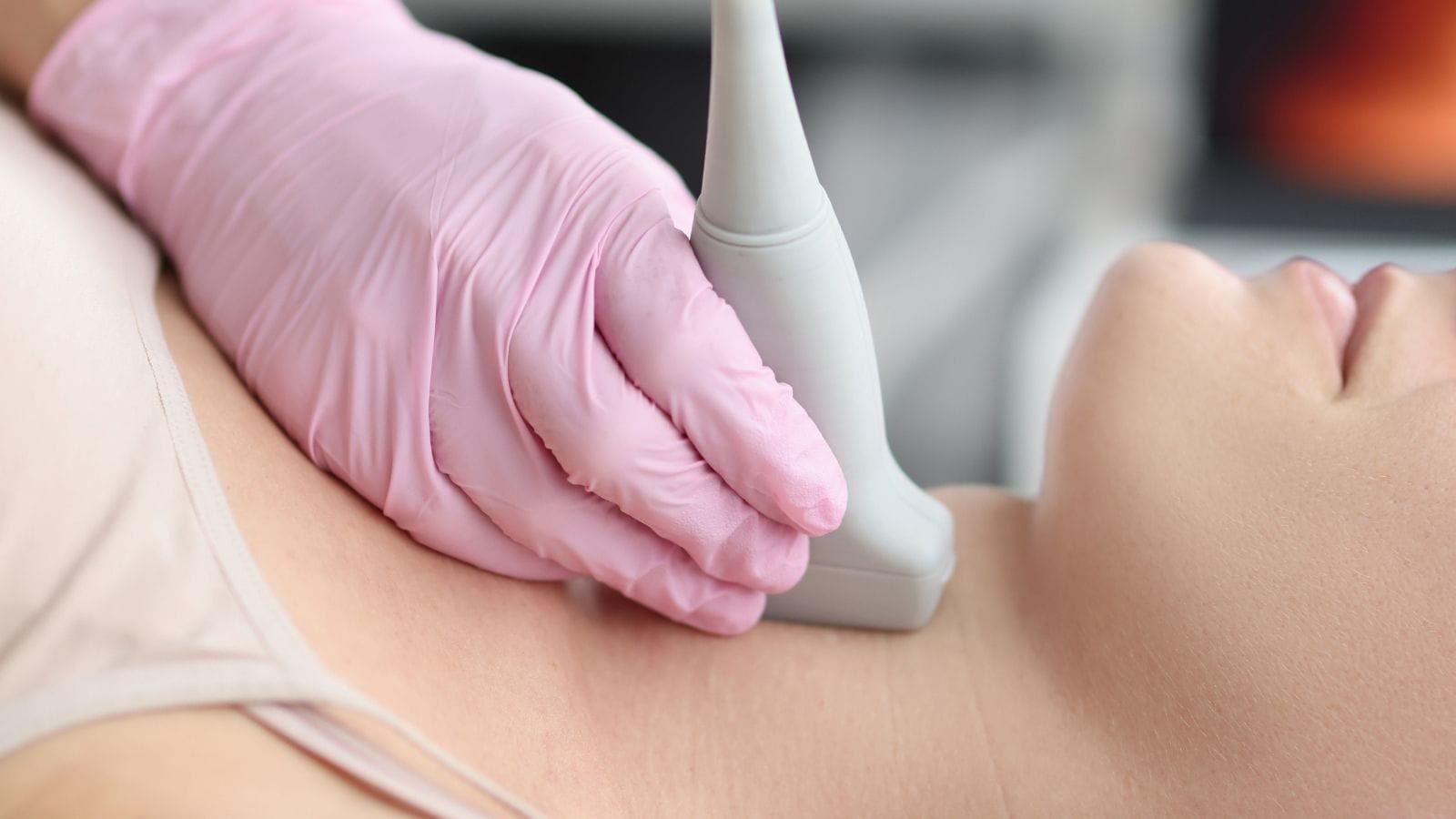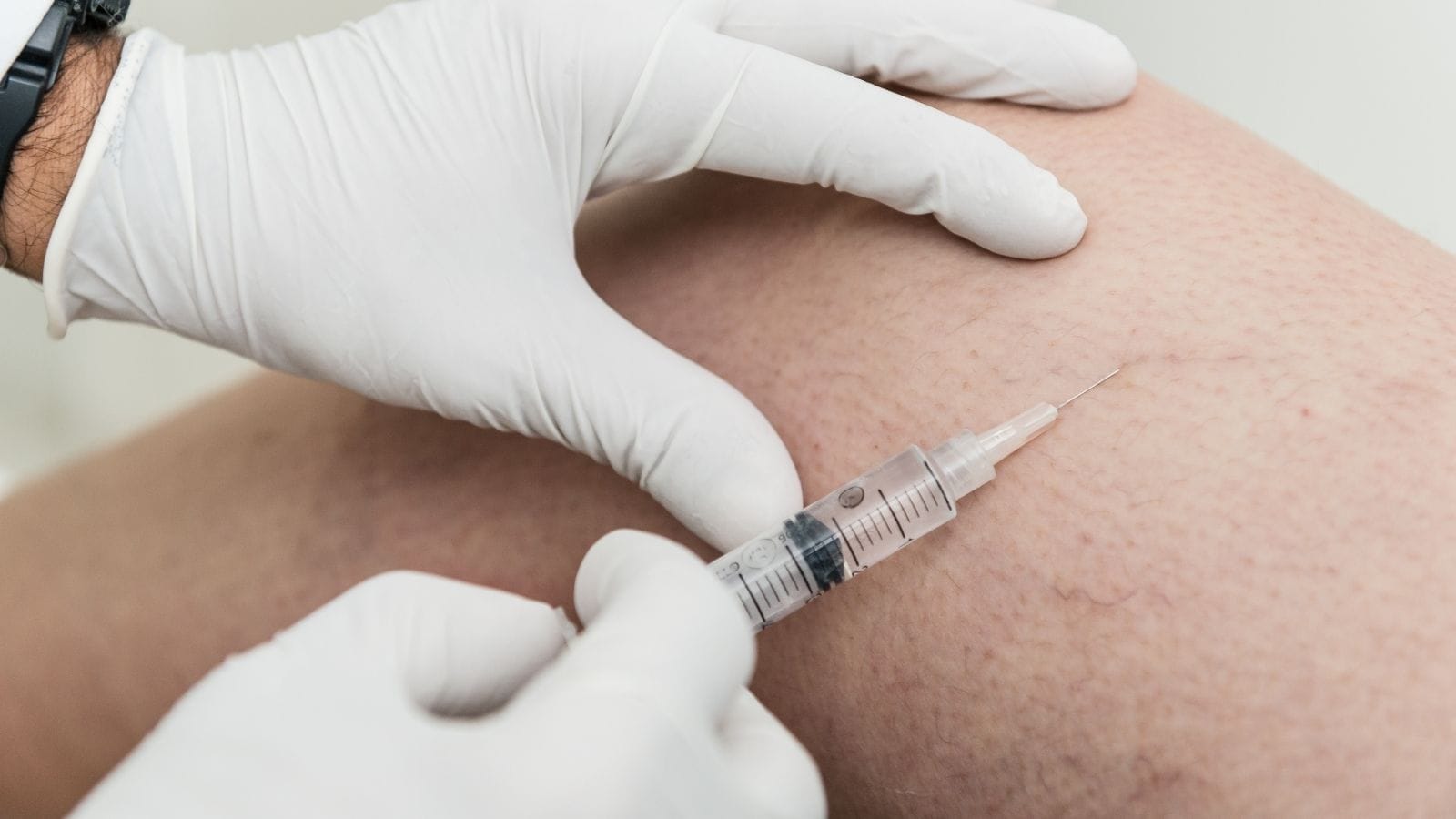Thyroid disease may cause pain in certain conditions, though not all patients experience discomfort. Pain is usually associated with inflammation, rapid gland enlargement, or thyroid nodules pressing on surrounding tissues in the neck region.
Subacute thyroiditis is one of the main causes of thyroid pain. Patients often present with neck tenderness, radiating pain to the jaw or ears, fever, and fatigue. This inflammatory condition is typically self-limiting but may require treatment.
Thyroid nodules or goiters can create local pressure symptoms. Enlarged nodules may cause neck fullness, difficulty swallowing, or mild pain. In rare cases, sudden bleeding within a nodule may trigger acute painful swelling.
Autoimmune thyroid disorders such as Hashimoto’s thyroiditis usually cause little or no pain. However, chronic inflammation may occasionally lead to discomfort. Careful evaluation by endocrinologists ensures correct diagnosis and symptom management.
What Are the Symptoms of Thyroid-Related Pain?
Pain related to thyroid diseases presents with specific symptoms. The first sign is pain in the front of the neck, which can range from mild to severe and sometimes radiate to the jaw or ears. This can negatively affect daily activities. Additionally, visible swelling in the neck may indicate abnormal enlargement of the thyroid gland, often a sign of goiter. Tenderness in the thyroid area is another symptom, with pain on touch.
- Fever and a general feeling of malaise, similar to signs of infection, may occur in thyroid problems.
- Difficulty swallowing or breathing may result from swelling and inflammation of the thyroid gland and can cause significant discomfort.
- In hyperthyroidism, pain may be accompanied by rapid heartbeat, weight loss, increased appetite, anxiety, and tremor.
- Pain associated with hypothyroidism may manifest as fatigue, weight gain, constipation, dry skin, and depression.
These symptoms indicate the presence of thyroid disorders such as subacute thyroiditis, acute infectious thyroiditis, or Hashimoto’s thyroiditis.
How Is Thyroid-Related Pain Diagnosed?
Diagnosis of thyroid-related pain involves several methods. A healthcare professional first reviews the patient’s medical history and performs a physical examination. Muscle weakness, pain, and cramps in the shoulders, hips, and arms are evaluated, as these can differ between hypothyroidism and hyperthyroidism.
Blood tests are critical in diagnosing thyroid disorders:
- Thyroid-stimulating hormone (TSH)
- Free thyroxine (T4)
- Triiodothyronine (T3)
These tests measure hormone levels to determine thyroid function. High TSH and low T4 suggest hypothyroidism, while low TSH and high T4/T3 suggest hyperthyroidism.
Electromyography (EMG) is used to assess the electrical activity of muscles, detecting dysfunction or nerve involvement. Muscle biopsy may be performed in unclear cases, examining a small sample of muscle tissue for abnormalities related to thyroid dysfunction.
Additional tests like thyroid ultrasound and radioactive iodine uptake studies may be required for a more comprehensive evaluation.
What Are the Treatment Options for Thyroid-Related Pain?
Managing pain from thyroid diseases depends on the patient’s condition and the degree of thyroid dysfunction. Treatments focus on relieving symptoms and addressing the underlying cause.
Hormone Replacement Therapy:
Treatment with levothyroxine in hypothyroidism balances thyroid hormones, reducing muscle and joint pain.
Beta Blockers:
Alleviate symptoms of excessive thyroid hormone, such as muscle weakness and tremor (e.g., propranolol, metoprolol).
Antithyroid Medications:
Methimazole and propylthiouracil control hyperactive thyroid and manage pain.
Corticosteroids:
Used in thyroid eye disease to reduce inflammation and pain around the eyes.
Surgery:
Sometimes necessary for direct pain relief.
Physical Therapies:
Massage, warm baths, and gentle exercise are beneficial for hypothyroid-related pain.
Advanced Interventions:
- Radiofrequency Ablation
- Ethanol Ablation
- Orbital Decompression Surgery
Does Inflammation of the Thyroid Gland Cause Pain?
Inflammation of the thyroid gland can indeed cause pain, especially in types like subacute and acute infectious thyroiditis. Subacute thyroiditis often causes pain radiating from the thyroid to the jaw and ears, frequently accompanied by fever and gland enlargement. Acute thyroiditis results from infection and manifests with severe pain, fever, and rapid heartbeat.
Treatment Methods:
- NSAIDs for pain and inflammation
- Corticosteroids
- Beta blockers if there are hyperthyroidism symptoms
Pain management and inflammation control are essential in these cases. Hashimoto’s thyroiditis is typically painless but can cause pain if it coincides with subacute thyroiditis. Any symptoms of thyroid gland inflammation should not be ignored.
Do Thyroid Nodules Cause Pain?
Thyroid nodules are usually painless, but in some cases, they can cause pain. The size and growth rate of the nodule influence the severity of pain. Large or rapidly growing nodules can cause discomfort in the front of the neck, experienced as pressure or fullness. Inflammatory conditions (such as Hashimoto’s) can make nodules painful. These nodules may also cause difficulty swallowing and changes in voice tone due to thyroid enlargement.
Pain Symptoms:
- Discomfort in the front of the neck
- Increased pain during swallowing
- Hoarseness
Pain is generally considered a sign of a potentially serious problem. If a nodule feels hard or causes a sense of pressure, malignancy should be ruled out by a healthcare professional.
How Long Does Pain Last After Thyroid Surgery?
Pain after interventional procedures for thyroid disease is usually manageable. Most patients experience mild pain after fine needle aspiration biopsy:
- Tenderness and mild pain at the biopsy site
- These symptoms typically subside quickly
- Most patients return to normal activities within 48 hours
Pain after radiofrequency ablation can differ:
- Pain and tenderness may occur in the first 1–2 days after treatment
- Pain is easily controlled with over-the-counter painkillers
- Most patients resume daily life after 24 hours
- Avoid strenuous activity for about a week
Pain relief peaks at 2–3 weeks after both procedures and may last 6–12 months. Quality of life typically improves, and pain remains manageable. The duration and intensity of pain can vary depending on the patient’s overall health and individual response to treatment.
How Do Thyroid Diseases Cause Muscle and Joint Pain?
Muscle and joint pain from thyroid diseases arises from various biological changes in the body. In hypothyroidism, slowed metabolism means muscles cannot generate enough energy, resulting in pain and stiffness. Low thyroid hormone levels can also cause fluid retention, leading to swelling and stiffness in tissues, including muscles and joints.
The process of pain due to thyroid disease includes:
Slowed Metabolism:
- Reduced muscle energy
- Inefficient use of energy sources
Fluid Retention:
- Swelling and stiffness in tissues
- Low levels of essential nutrients
Inflammation from autoimmune thyroid diseases can also trigger pain and stiffness in muscles and joints. In hypothyroidism, muscle damage can occur as a result of increased muscle enzyme activity due to hormone deficiency.

Interventional Radiology and Neuroradiology Speaclist Prof. Dr. Özgür Kılıçkesmez graduated from Cerrahpaşa Medical Faculty in 1997. He completed his specialization at Istanbul Education and Research Hospital. He received training in interventional radiology and oncology in London. He founded the interventional radiology department at Istanbul Çam and Sakura City Hospital and became a professor in 2020. He holds many international awards and certificates, has over 150 scientific publications, and has been cited more than 1500 times. He is currently working at Medicana Ataköy Hospital.









Vaka Örnekleri